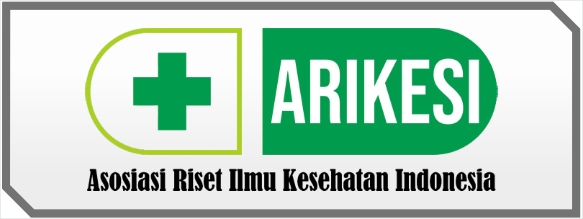SOSIALISASI DAN PENDAMPINGAN PEMBUATAN SABUN CUCI TANGAN (CAIR) DARI LIMBAH MINYAK GORENG BEKAS BAGI IBU RUMAH TANGGA KELURAHAN JAYAMUKTI
DOI:
https://doi.org/10.36465/jupemas.v4i1.1033Keywords:
sabun cair, minyak goreng bekas, pendampinganAbstract
Cooking oil that is used repeatedly can be harmful to human health, but if it is disposed of carelessly it can pollute the environment, such as contamination of sewers, clean water and ground water and so on. So it is necessary to process used cooking oil into useful products. This service activity aims to equip residents with the ability to process cooking oil waste which was previously waste that polluted the environment. This service activity includes five stages, namely planning, coordination, socialization, assistance in making laundry soap products and evaluation and follow-up. The results of this community service activity are liquid laundry soap products that can be used to wash hands or wash dishes. The evaluation results of PkM activities were obtained from the input of several PkM participants, so it is necessary to try out the production of liquid soap on a larger scale, such as using used cooking oil waste in the neighborhood community or community association, so that it can be used as a productive activity for housewives who want to develop a business. or produce liquid soap for use independently. Liquid soap products that are used are safer because they do not add various kinds of chemicals.
References
Abdi, C., Khair, R. M., & Saputra, M. W. (2016). Pemanfaatan limbah kulit pisang kepok (Musa acuminate L.) sebagai karbon aktif untuk pengolahan air sumur kota Banjarbaru : Fe dan Mn. Jukung (Jurnal Teknik Lingkungan), 1(1), 8–15. https://doi.org/10.20527/jukung.v1i1.1045
Hajar, E. W. I., Purba, A. F. W., Handayani, P., & Mardiah. (2016). Pemurnian minyak jelantah menggunakan ampas tebu untuk pembuatan sabun padat. Jurnal Integrasi Proses, 6(2), 57–63.
Helmi. (2009). Jurnal Reaksi (Journal of Science and Technology) Jurusan Teknik Kimia Politeknik Negeri Lhokseumawe Vol. 17 No.02, Desember 2019 ISSN 1693-248X. Jurnal Reaksi (Journal of Science and Technology), 7(15), 13–21.
Prihanto, A., & Irawan, B. (2019). Pemanfaatan Minyak Goreng Bekas Menjadi Sabun Serai. Metana, 15(1), 9. https://doi.org/10.14710/metana.v15i1.22966
Putra, A., Mahrdania, S., & Dewi, A. (2012). Recovery Minyak Jelantah Menggunakan Mengkudu Sebagai Absorben. Prosiding Seminar Nasional PERTETA 2012, PERTETA(pp, 585–589.
Rosmainar, L. (2021). Formulasi Dan Evaluasi Sediaan Sabun Cair Dari Ekstrak Daun Jeruk Purut (Citrus Hystrix) Dan Kopi Robusta (Coffea Canephora) Serta Uji Cemaran Mikroba. Jurnal Kimia Riset, 6(1), 58. https://doi.org/10.20473/jkr.v6i1.25554
Rulianti, E., Nurhidayanti, N., Isyulianto, I., Juhriati, I., & Suwazan, D. (2023). Sosialisasi Pembuatan Sabun Cuci dari Limbah Minyak Goreng Bekas bagi Ibu-Ibu PKK ( Socialization of Making Laundry Soap from Used Cooking Oil Waste for PKK Women ). 2(2), 117–125.
Widyasanti, A., Nugraha, D., & Rohdiana, D. (2017). Pembuatan Sabun Padat Transparan Berbasis Bahan Minyak Jarak (Castor Oil) Dengan Penambahan Bahan Aktif Ekstrak Teh Putih (Camellia sinensis). AGRISAINTIFIKA: Jurnal Ilmu-Ilmu Pertanian, 1(2), 140. https://doi.org/10.32585/ags.v1i2.50










